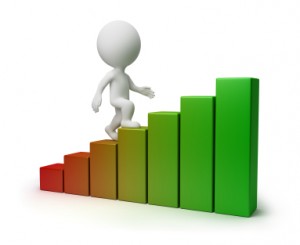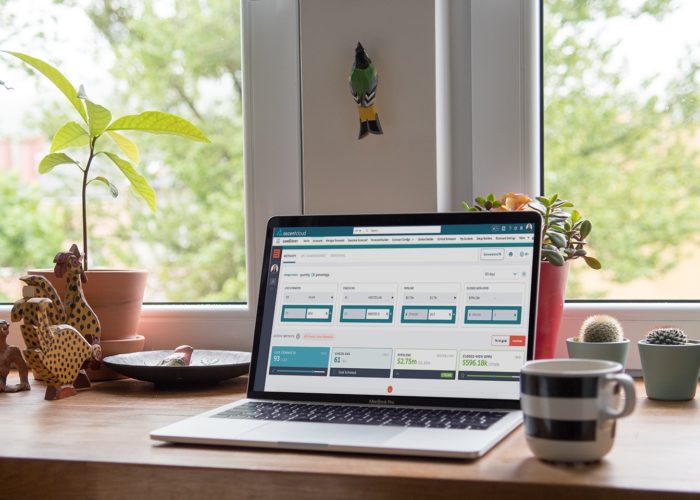 Every day I talk with a handful of senior sales executives who are responsible for their firm’s use of Salesforce.com. As I assess those conversations, as well as our own company’s use of Salesforce.com — we have about 120 people on our staff using Salesforce every day — I’ve come to identify four key stages of adoption. Each stage builds on the prior, so the faster you can successfully get through each stage, the more impactful your implementation will be.
Every day I talk with a handful of senior sales executives who are responsible for their firm’s use of Salesforce.com. As I assess those conversations, as well as our own company’s use of Salesforce.com — we have about 120 people on our staff using Salesforce every day — I’ve come to identify four key stages of adoption. Each stage builds on the prior, so the faster you can successfully get through each stage, the more impactful your implementation will be.
Phase 1: Just Use It!
There’s always some angst when launching your sales CRM system to the team. The key at this phase is to just get your sales team logging in, creating records, filling out fields, looking at reports, etc. For most salespeople and sales managers, starting to use a sales CRM tool is a major habit change. As a result, you need to do whatever you can to get people in the system and start using it. The faster you do this the better, because you’ll get hands-on feedback on what’s working and what’s not, which allows you to tweak your setup accordingly. Even if people don’t like it at first, if they are in there every day and you are adjusting based on their feedback, they’ll start getting more comfortable.
Phase 2: Building Insight
As you tweak the system and people start getting comfortable using it day to day, you’ll be in a better position to build real insights. For example, if you’ve gotten people comfortable with how to log notes from client meetings, keep coaching them on how to make these notes more useful. If they see you are taking it seriously, they’ll take it seriously too, which will give you more data and insights to run your business. You’ll start to uncover the key activities that drive sales success – your Key Performance Indicators (KPIs). The most common for sales are client meetings, creating new opportunities, movement through sales stages, and, of course, closing.
Phase 3: Drive your KPIs
Once you have the insights into your KPIs, you and the team can focus on driving those to grow the business. The KPIs you need to focus on in a given month depend on the state of the business as you forecast. For example, if your pipeline is looking a little light two months from now, you can focus your team on client meetings this month. Unless you move swiftly and successfully through phases 1 and 2 above, you’re not going to have much success in phase 3.
Phase 4: Maintain & Grow
There are always new products you want your team to bring to market, new hires who need training, or struggling team members to coach and educate. If you’ve successfully moved through the phases above, you are now empowered to use your sales CRM system to help manage those. For example, new hires will need to go through phase 1, but they’ll get through it quickly because your system has already been refined. If you launch a new product, it will be easier to set goals and motivate your team to take it to market because you have your KPIs defined to support the effort.
Sales CRM tools like Salesforce.com require significant investments in time and money, so driving adoption is critical. This is why we believe so strongly in the application of sales contests, rewards, and competition within these phases to accelerate your time to a return on investment. To learn more about this, check out our YouTube video, “Ignite Your Sales Machine With Salesforce Gamification”.



